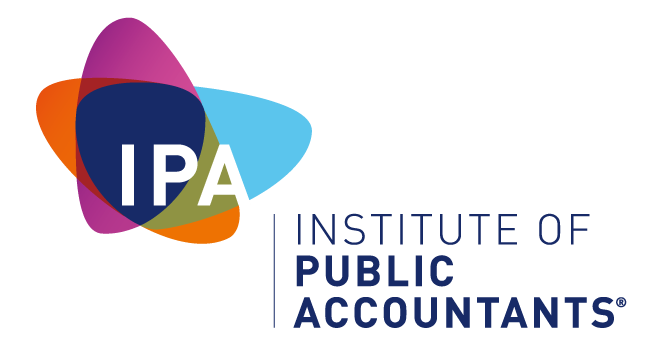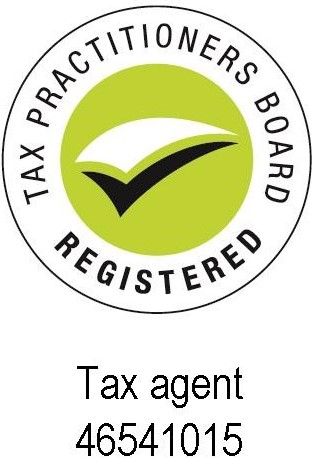
❭Profile
❭Services
❭Low to Middle Income Tax Offset
❭Tax Return Options
❭Working From Home expenses
❭Client-Agent Linking
❭Trusts S100A
❭Single Touch Payroll
❭Tax 2023
❭Instant Asset Write-Off
❭HELP Repay Rates
❭Income Tax Rates
The use of an EXPORTED Bank CSV (Spreadsheet Format) file can reduce your business transaction entry task down to a fraction of the usual process time where the only
user chore is to select an expense or income code from a list.


❁ Income Tax Returns
❁ Accounting
❁ Small Business Consulting
❁ Windows Small Business package with Bank CSV processing.
Should you get the opportunity (some banks permit this, some don't) to include the expense code as part of the detail field at the time of making the payment, then there
is no more to do.
The system will capture the code and process the transaction in the background. This code identifier will vary from bank to bank. Here is a sample line of
a NAB CSV File (Excel Format) with the aforementioned *code being included at the time the payment was made. Note the code *0101.14 in the detail.
Date,Amount,Account Number,,Transaction Type,Transaction Details,Balance,Category,Merchant Name
29 May 23,-348.00,123456789, ,TRANSFER DEBIT,ONLINE G8570057864 *0101.14 GO DADDY SOFTWARE,11963.00,Internal transfers,
The added bonus with CSV Transaction processing is that the bank account is, by using this method, reconciled.
The software is desktop based.
Appointments are available from 9am to 5pm on weekdays excluding Bank and Public Holidays.
After hours appointments can be arranged, where possible.
Eventually I moved on and opened my own Practice in downtown Raymond Terrace where I remained from 1986-1999.
In 2000 I relocated the Practice to a Home Office where my focus is now Small Business Accounting/Consulting and Taxation Services.
And there but for the grace of God, I still remain.
I have been using my own accounting software The WorkBench
The package was purposely written with simplicity of use in mind and users rarely require assistance. Remote assistance is available for those who may.
On Tuesday 25th October 2022, the Treasurer delivered the Federal Budget in which there was no announcement to any extension of the Low and Middle Income Tax Offset (LMITO) for the 2023 financial year.
For the 2022 financial year, Australian workers earning between $37,000 – $126,000 may have been eligible for the LMITO of up to $1,500 depending on their income level, however this has now ceased and has been fully replaced by the Low Income Tax Offset (LITO).
As a result, low to middle income earners may see their tax refunds for the 2023 financial year and beyond reduce by between $675 and $1,500.
Clients should consider rescheduling if they carry signs of a cold, flu or covid
Other than make an appointment, existing clients may choose to email Tax Return information with authority to prepare and then digitally exchange documents for signing.
With this option clients are reminded that If you are entitled to claim a work related expense as a deduction, then you should claim it, but no more than your entitlement.
To claim Telephone, Internet and Data expenses you are required to have maintained a record of use for a 4 week period to determine a work related portion to substantiate the claim.
ATO Guidelines now require new clients to provide appropriate proof of identity. See Work Related Expenses
The Set Rate for 2023/24 Working From Home expenses is 67c per hour. For the actual expenses method and record keeping see Work from home Deductions
As part of ATO Cyber Security protocol new clients must now link their association with the ATO Agent.
For this purpose, the Agent will provide the new client with his Registered Agent Number (RAN) and the client must complete the linking process and then advise the Agent after making the link. Client-Agent Linking steps can be viewed here Client-Agent Linking
From 1 December, 2021 all Company Directors must have a Director ID. Applicants must apply for it themselves using their MyGov Account. Refer to instructions via this link: Apply for a Director ID
Commencing from the 2021-22 Income Year, Trusts may be subject to Section 100A when Reimbursement Agreements apply. Refer to Section 100A management via this link: View:
Closely held payees i.e. Family Companies with Directors as the only payees, will have reporting options.
9/2/2021 - The ATO has confirmed that STP reporting for closely held payees will commence from 1 July, after it had granted these employers a one-year exemption in the midst of the pandemic last year.
Guidance released by the ATO on Monday has revealed that small employers can report payments to closely held payees through STP in three ways: reporting actual payments in real time, reporting actual payments quarterly or reporting a reasonable estimate quarterly.
The first option, reporting actual payments in real time, is in line with how employers would report information on their arms length employees through STP on or before each pay day.
The option to report actual payments on a quarterly basis will be due on or before the due date for quarterly business activity statements (BAS).
The final option to report a reasonable estimate quarterly will allow employers to report quarterly amounts that are equal to or greater than 25 percent of the payees total gross payments and tax withheld from the previous finalised payment summary annual report (PSAR).
A game changerThe Tax Institutes senior advocate, Robyn Jacobson, said that while the option was welcomed, tax practitioners would need to carefully consider the implications for clients who commonly determine salaries, wages or directors fees after the end of the financial year.
For those who have for many years ascertained salaries, wages or directors fees to closely held payees post-year-end and either amended their BAS or just dealt with the tax obligations upon lodgement of the individual tax return, this is a game changer, Ms Jacobson told Accountants Daily.
The ATO will not impose any failure to withhold penalties as long as you have complied with this reasonable quarterly estimate.
There would, however, be general interest charge, and if you have not met your SG obligations, which in this case would be 28 July, then there would be SGC liabilities.
What this does is allow a concessional approach to reporting the information through STP, and as far as PAYG withholding is concerned, you have got the ability to adjust post-year-end subject to the imposition of GIC.
While a finalisation declaration for arms length employees is required by 14 July each year, the ATO will allow employers with closely held payees up to the due date of the payees income tax return to make a finalisation declaration.
The ATO also notes that STP reports will need to be lodged through an STP-enabled solution, and cannot be lodged through the ATO portals or through a BAS.
Reference: Accountants Daily
New or Second hand Plant and Equipment purchased prior to June 30th will qualify for the Small Business Instant Asset Write-Off.
Acquisitions must be below the threshhold at the time of purchase which was $30,000 until 12th March and increased to $150,000 from that day until 31st December, 2020 for new or 2nd hand acquisitions.
From 6 October 2020 till 30th June, 2023 temporary business expensing allows a deduction for the cost of the business portion of eligible business assets.
more
| Taxable income | Tax on this income |
|---|---|
| 0 - $18,200 | Nil |
| $18,201 - $45,000 | 16c for each $1 over $18,200 |
| $45,001 - $135,000 | $5,092 plus 30c for each $1 over $45k |
| $135,001 - $190,000 | $29,467 plus 37c for each $1 over $135k |
| $190,001 and over | $51,687 plus 45c for each $1 over $190k |
Prior Year Residents Rates
These rates do not include the Medicare levy of 2%